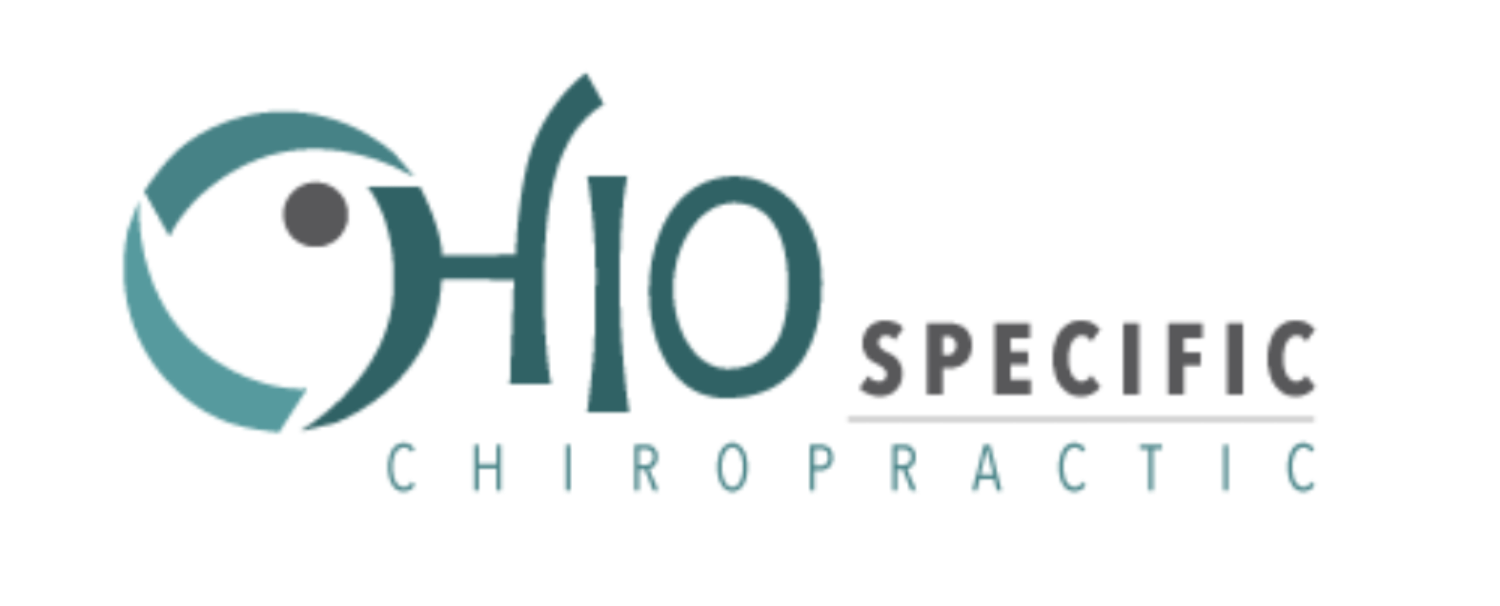Motor Tics and the Upper Cervical Spine
In the upper cervical spine, there are four main structures to focus on. They are:
The Foramen Magnum of the Occipital bone
The Atlas vertebra (1st cervical bone)
The Axis vertebra (2nd cervical bone)
The Brainstem of the Nerve System.
The Brainstem exits from the Foramen Magnum. The Atlas and Axis bones protect and surround the Brainstem. The brainstem connects all the nerves from the brain to the nerves of the body.
Regarding motor tics the secondary focus is on two structures:
The Reticular Formation
The Basal Ganglia
The Reticular Formation is found within the Brainstem. The Reticular Formation makes up a big part of the “switchboard operator” function of the Brainstem. The Brainstem collects all the stored information and energy from the brain above and passes it off to the body below. It also receives all the stimulation from the body below and transfers it up to the brain above for interpretation. The Reticular Formation helps the Brainstem coordinate and synchronize information, assist in consciousness, cognition and communication.
The Basal Ganglia is found at the base of the cerebrum, right above the upper portion of the brainstem. It is primarily associated with motor control and motor learning but is also involved in emotion, the formation of habits and reward reinforcement learning. Its relationship with motor control is mostly to inhibit unwanted motor actions and to help with the fluidity of movement. In general, it assists in the suppression of involuntary motor movements. The Basal Ganglia is similar to the Reticular Formation in that it is also involved in a lot of “switchboard operations” connecting information from higher brain areas to lower brain areas with one of those operations connecting information from the cerebrum to the brainstem.
The Nerve System in general has four main functions:
It controls all the movements we make
Senses everything we feel
Regulates all our body organs
Relates us to the outside world
When nerves get stressed, it effects their sensitivity, perception and behavior to perform these functions. There are three types of stresses we deal with in life. The stresses are physical, chemical and emotional in nature. These stresses create nerve tension and spine imbalance.
One specific job of the brainstem is to adapt to these stresses and help bring the spine back into balance. If the stresses are too great for the brainstem to adapt, compensations arise. One particular compensation that occurs in the upper cervical spine is a vertebral subluxation.
A vertebral subluxation will cause the Atlas and Axis bones to get locked in a misaligned position. This lock will perpetuate spine imbalance and Nerve System tension. This tension will lead to abnormal sensitivity, perception and behavior of the brainstem and connecting nerves. Nerve System function is disrupted.
Over time, this disruption can lead to symptoms of the involved nerves. The usual symptoms of simple motor tics are:
Quick eye blinks or eye jerks
Tongue movements, including sticking out the tongue
Head twitches or head jerks
Squatting and hopping
Shoulder shrugs
The usual symptoms of complex tics are:
Facial grimacing
Touching people or things
Obscene gesturing or gyrating movements






